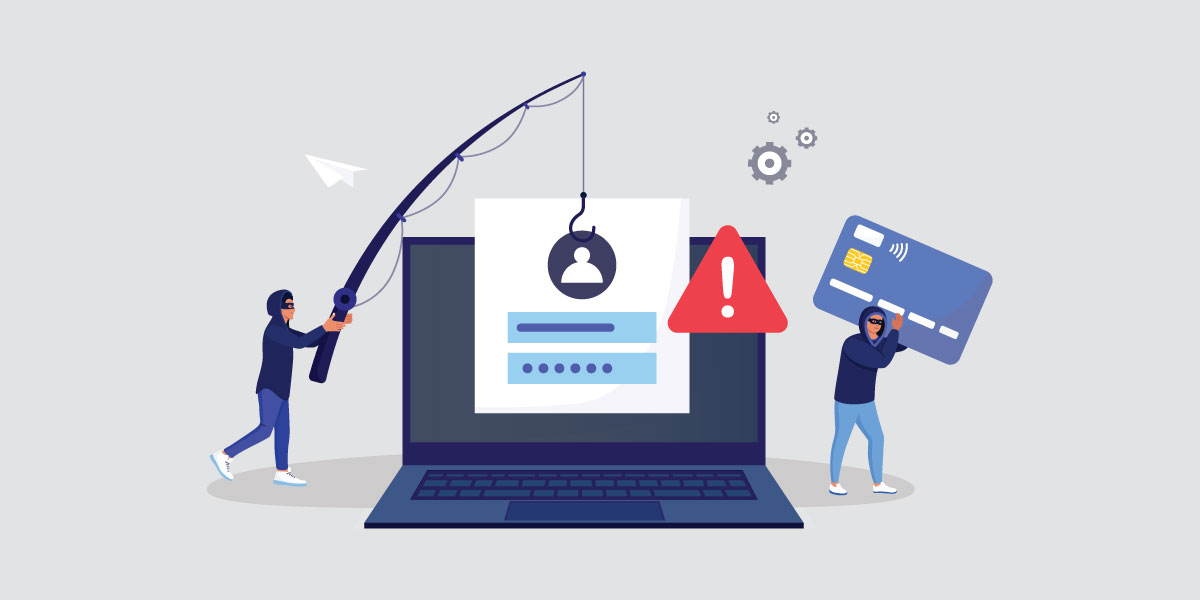During the pandemic, more and more people turned to online marketplaces to buy things. Not only was this safer for the customers, but they also have access to a wider variety of goods. All of which helped online marketplaces to experience huge jumps in their sales. Unfortunately, as sales increased, so did the marketplace frauds. Fraudsters operate with impunity whenever a marketplace is overwhelmed with new customers and sales. Suddenly, the fraud checking department finds themselves unable to verify all customers and purchases, thereby leading to more frauds slipping through.
Common marketplace frauds
The most common marketplace fraud is fraudsters using stolen credit cards to make purchases. Data breaches occur so frequently over the past few years that the dark web is full of hackers selling credit card info.
Phishing attempts have risen too with people regularly falling for fake websites or forged emails. Access to legitimate user accounts means that fraudsters can make purchases using the real user’s stored credit card info. All they need to do is change the shipping address for any purchase made to their own address.
Merchant impersonation marketplace frauds
Some online marketplaces don’t thoroughly vet their sellers. As a result, fraudsters can sign up as merchants and setup fake product listings. Their goal is just to get innocent shoppers to click and buy their fake goods. Once they’ve gotten their money, they’ll just run away. Meanwhile, the shoppers are left hanging with no money and no goods to show. After all that, the fraudsters can just sign up again using a different identity and start anew as a fresh merchant.
Middleman marketplace frauds
This form of fraud is also known as a triangulation fraud. It involves a genuine merchant, a fraudster pretending to be a merchant and the unwitting customer. The fraudsters list their products on the online marketplace but they don’t actually have the said products. Once the customer has made a purchase, then the fraudster will buy the item from the legitimate merchant. But, instead of using their own money, the fraudulent merchant a.k.a. middleman, will pay for their purchase using stolen credit cards. Then, the purchased item is sent to the customer while the fraudsters pocket the money paid by the customer.
Conclusion
Online marketplaces can use SMS verification to validate the identify of any potential sellers to filter out scammers and fraudsters. In addition, marketplaces can limit fraud by employing fraud detection services like FraudLabs Pro to scan for stolen credit cards or suspicious buying patterns. FraudLabs Pro also uses device validation where the machine used by the fraudster can be tracked even if the IP address is changed. This makes it harder for fraudsters to hide their tracks.
